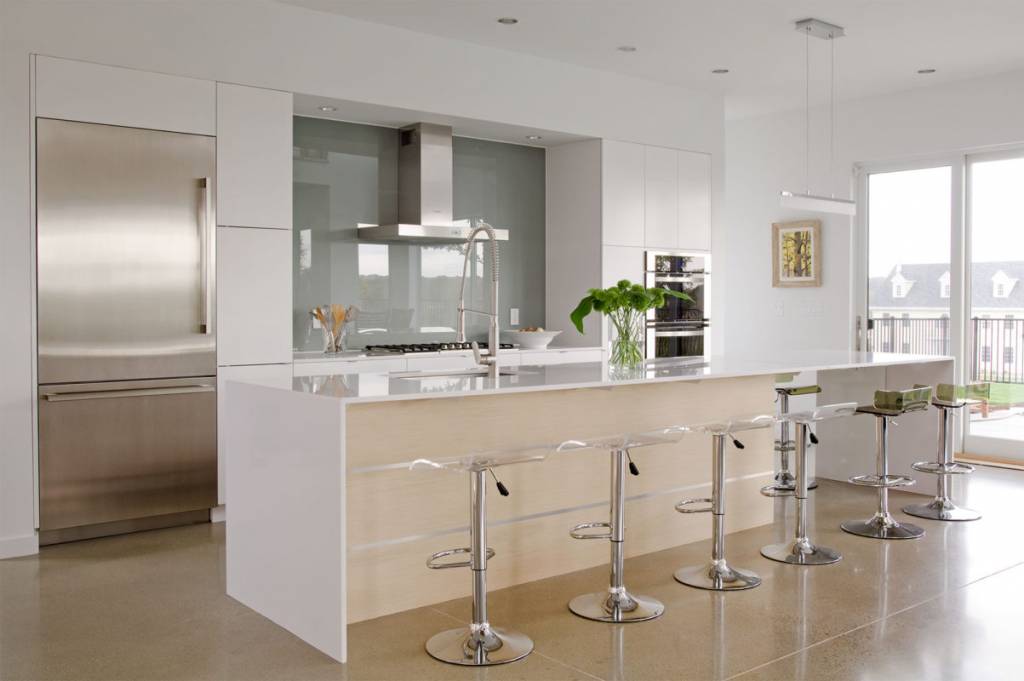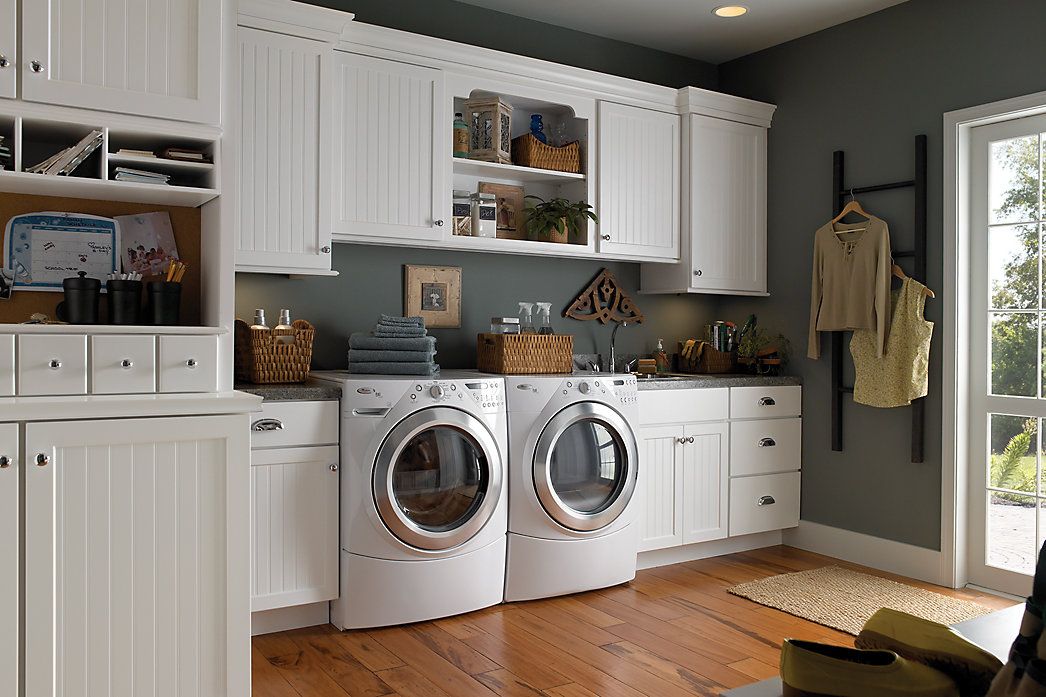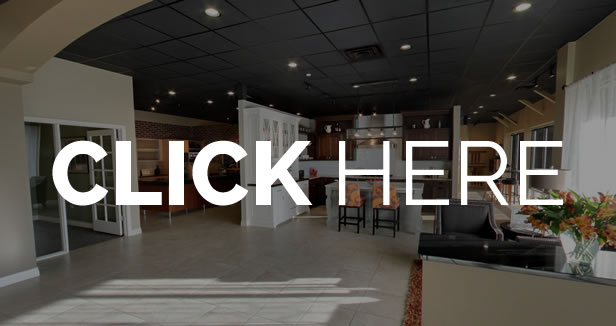The process of renovating your kitchen may seem like a daunting task, but don’t be intimidated! We’ve got 5 steps to help narrow down ideas and guide you through the initial remodel planning stage.
Gather Design Ideas
With countless options for cabinetry, countertops, and appliances, it’s helpful to narrow down some ideas before you meet with a professional. Make a list of what you like and dislike about the layout and functionality of your existing kitchen. Jot down details that appeal to you, including the overall style you wish to achieve. Gather appealing design photos from home improvement magazines and online portfolios like Houzz and Pinterest. Do you have thoughts about improving your kitchen layout, storage options, or custom features you’d like to see in your new kitchen? Thinking ahead about these details will help ease decision-making during the design process.
Set a Budget
Even though your initial estimate will likely change, creating an up-front budget is an important planning tool for managing your project. Start by estimating individual line-item costs such as appliances, cabinetry, countertops, flooring, plumbing fixtures, and contractor services. If the total budget is not what you were expecting, revisit the plan and decide which line items can be adjusted. It’s also wise to include a contingency line for unexpected costs. Depending upon your project scope, your kitchen designer, contractor and/or architect will help refine your budget.
Find a Cabinet Professional
Kitchen renovation can be a complex undertaking. Partnering with a qualified kitchen designer will ensure the best bang for your buck and provide positive results. Skillful designers are invaluable, from the planning process through to project completion. Not only will they listen to your ideas and offer suggestions, they will provide as much customization to your cabinet design as you desire. The goal of a professional kitchen designer is to create a design that complements your vision and help narrow down ideas to make your project a success.
Choose a Remodel Contractor
A good general contractor will provide valuable expertise in a kitchen remodel. They will supply, schedule and manage quality subcontractors, coordinate the many facets of the job, and troubleshoot any challenges that arise. Your kitchen designer may be able to provide a contractor referral to you. Otherwise, seek recommendations from family, friends or neighbors who are satisfied with their own recent project. There are many important qualifications to look for in a remodeler, such as licensing and insurance and a positive reputation in the industry. Always check references and obtain bids to ensure your budget and timeline can be met.
Target a Completion Date
Setting a realistic completion date will help reduce your stress levels during the renovation process. Considerations include: material selection decisions, material lead times, and the availability of your contractor. It is never too early to meet with your kitchen designer. Keep in mind that you may have anywhere from 2 to 4 meetings of product selection and design refining before an order is placed. An initial deposit for materials and services is common, so budget for these expenses accordingly. Cabinetry fabrication time frames can range between 4 to 9 weeks, depending upon the customization of the design. Countertops are templated, fabricated and installed approximately two weeks after cabinets are in place.
Keep in mind that your kitchen will be a construction zone during demolition and installation. You should be prepared to make alternate plans for food preparation and storage during this window of time. In the end, your efforts and patience will be rewarded with a beautiful new kitchen!









